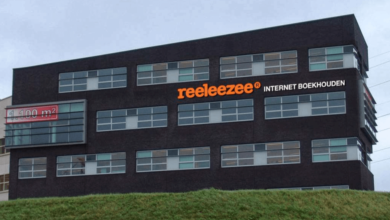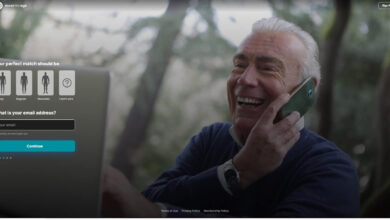Revolutionizing Content Creation: How AI is Transforming Video and Photo Editing in 2025

In recent years, the combination of artificial intelligence (AI) with digital content creation has led to an unprecedented creative revolution. From social media influencers to film studios, content creators are now using AI-powered tools to deliver mind-blowing visuals and flawless audio-visual experiences like never before, at lightning speed and with surgical precision. As we progress through 2025, the power of AI in photo editing, video production, and real-time animation isn’t just impressive, it’s transformative.
How AI Evolved in Creative Tools
Traditional content creation ondemand required technical skill, expensive software, and a lot of manualwork. As of today, many of these challenges have been transcended thanks to AI offering tools that automate complex edit jobs, predict creative paths, and deliver high-quality assets in seconds.
AI-boosted photo editors, for example, now auto-enhance photos to suit your personal aesthetic, automatically remove backgrounds, and even restore old or blurry images with photorealistic fidelity. And meanwhile, AI-powered video editors can trim footage, create B-roll suggestions and sync music to mood, all without human intervention.
Synaptic Dementia: The Prison of the Mind
Face Swap is one of the most commonly used features in the AI editing space. For fun, for filmmaking, for professionally-created content, face-swapping technology has come a long way from its novelty origins. Face Swap is driven by sophisticated machine learning and facial recognition algorithms that seamlessly swap out one face for another while preserving realism in terms of expressions, lighting, and angles.
This has provided new avenues for creative storytelling and visual effects. In film, actors’ faces can be realistically superimposed for stunt doubles, aged or de-aged effortlessly, or even fully recreated for posthumous performances. Brands use Face Swap in the marketing sector to make hyper-targeted ad campaigns, giving consumers an opportunity to see themselves in a commercial or try items on virtually.
Most notable, these tools are now available to not just big studios, but also indie creators and hobbyists democratising effects that were once the domain of Hollywood.
The Secret to Lip Sync AI: Making the Visuals Sing
Yet, another revolutionary breakthrough is Lip Sync AI that matches lip movements & audio tracks using deep learning models. It provides perfectly-matched mouth motions to whatever you are saying, appropriate to your language, synthetic voice or otherwise.
Originally intended for dubbing foreign films or generating virtual avatars, Lip Sync AI has now widely branched out into education, entertainment and social media. For example, teachers can localize instructional videos into several languages without having to reshoot them. Today, game developers and metaverse platforms leverage Lip Sync AI to create avatars with a more realistic conversational experience.
One of the most mind-boggling applications of this technology is in the realm of synthetic media, where characters can now be digitally rendered in real time, conversing fluently and expressively, crossing the divide between corporeal and animated storytelling. This has enabled new genres of content to emerge and created new ways to tell stories, particularly for all of those creators who don’t have the industry infrastructure.
Ethical Considerations and Responsible Use
Although the potential is exciting, the increasing realism of AI-generated content also raises pressing ethical considerations. The rise of identity misuse, misinformation, and deepfakes is heightened as tools like Face Swap and Lip Sync AI become more sophisticated.
Content platforms and developers are starting to tackle these problems using watermarks, usage disclosures, and better detection algorithms. However, it’s crucial that creators deploy these technologies in a responsible manner, maintaining transparency and ethical standards in digital creativity.
How AI Will Change Digital Content Creation for the Future
AI has only just begun its evolution in digital creativity. He speculated, as cited in post How AI Will Change Tools, “We should expect tools to become more intelligent, more personalized, more collaborative. Editing in real time, voice-driven machines and self-creating artificial intelligence will most likely become the norm in production workflows. Picture telling an AI assistant “make this image moodier” or “create a short video based on this script” and then it happening in seconds.
Yenomorating techvection, provable scaption, study flows.
Final Thoughts
Creativity and technology are fusing together as never before. Technologies like Face Swap and Lip Sync AI have game-changed video and photo editing, pulling off breathtaking visuals, making the art of speech synchronization seem like a breeze.
This isn’t just an evolution it’s a revolution, for creators. The trick is to leverage these tools wisely, using the best of AI and the human element that propels true storytelling.




